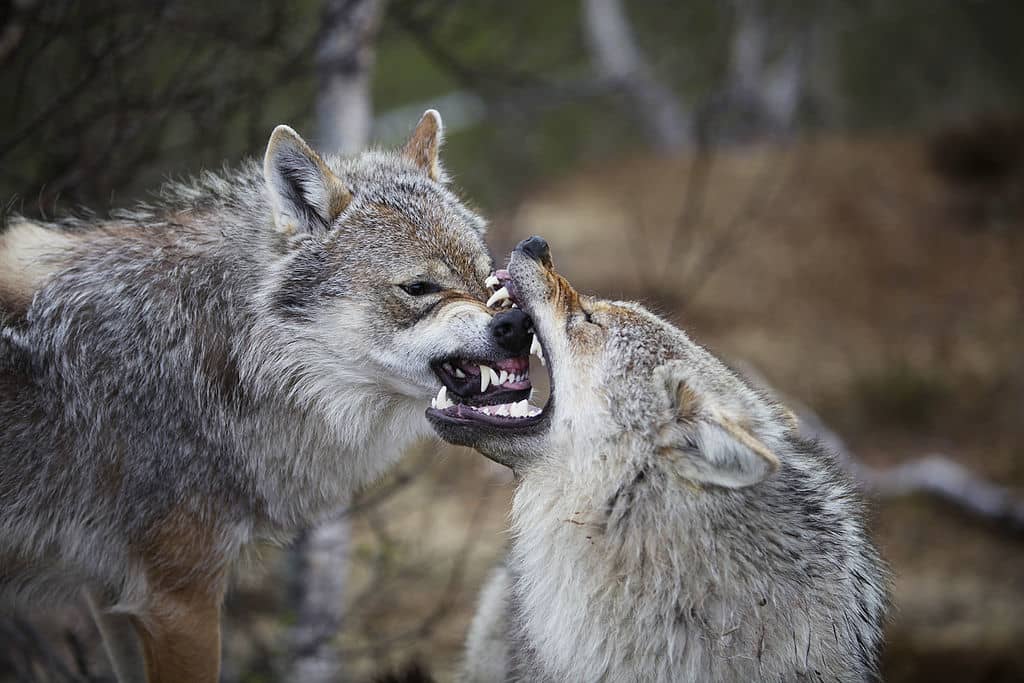Study: Wolves Suppress Coyote Populations, Help Red Foxes
OutdoorHub Reporters 06.19.14

There is little doubt that wolves, one of North America’s most iconic and contentious predators, greatly impact their environments. While the precise effects of wolf reintroduction are still hotly debated, scientists at Oregon State University (OSU) have found that there is at least one clear winner and loser following the return of the gray wolf. In a study recently published in the Journal of Animal Ecology, researchers found that wolves are capable of suppressing coyote populations and boosting those of the coyote’s ancient rival: the red fox.
The study was led by Thomas Newsome and William Ripple of OSU’s Department of Forest Ecosystems and Society, who used records of coyote and fox trapping across North America for their research. The data was supplied by two US and six Canadian jurisdictions. In one case, harvest records collected in Saskatchewan and Manitoba revealed that coyotes outnumberd foxes three to one in areas without a wolf presence. Near wolf populations, red foxes outnumber coyotes by four to one on average and there were areas where coyotes seemed to have fled entirely.
“This study gives us a whole other avenue to understand the ecological effects of wolves on landscapes and animal communities,” Ripple said in a press release.
The decrease of coyotes in wolf territory will come as little surprise to many. The coyote population expanded in the wake of shrinking wolf populations. Many states have since loosened hunting regulations in an attempt to slash coyote numbers, and some states have even brought back bounty systems to pay hunters and trappers for every coyote harvested.
“As wolves were extirpated across the southern half of North America, coyotes dramatically expanded their range,” said Newsome. “They were historically located in the middle and western United States, but they dispersed all the way to Alaska in the early 1900s and to New Brunswick and Maine by the 1970s.”
Coyotes are blamed for millions of dollars in damages by the livestock industry, but ranchers are equally concerned with the new and growing populations of wolves in the United States. Scientists say that the impact of wolves on coyotes and red foxes is yet another sign of the “wolf effect,” or the cascading changes the apex predator brings to areas where it is reintroduced. Researchers are now studying whether these dramatic shifts are ultimately beneficial, and whether these changes will play a part in the future of North America’s wolf population.

